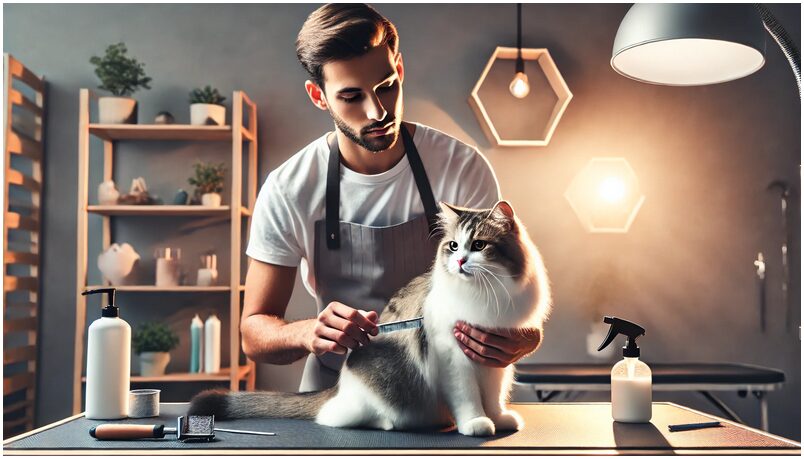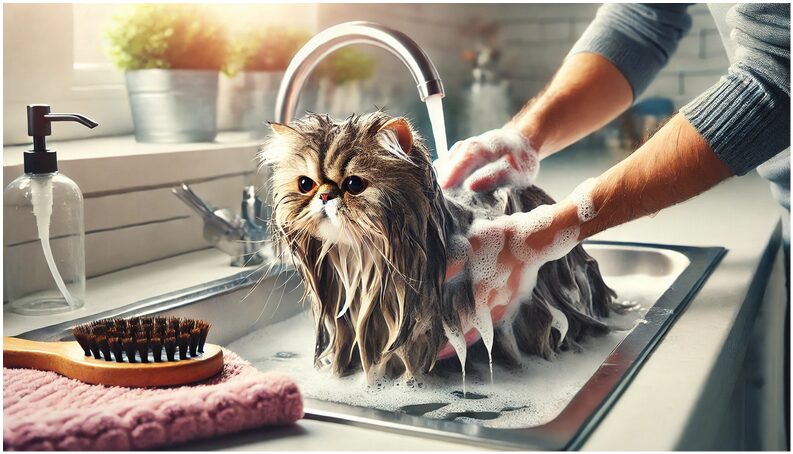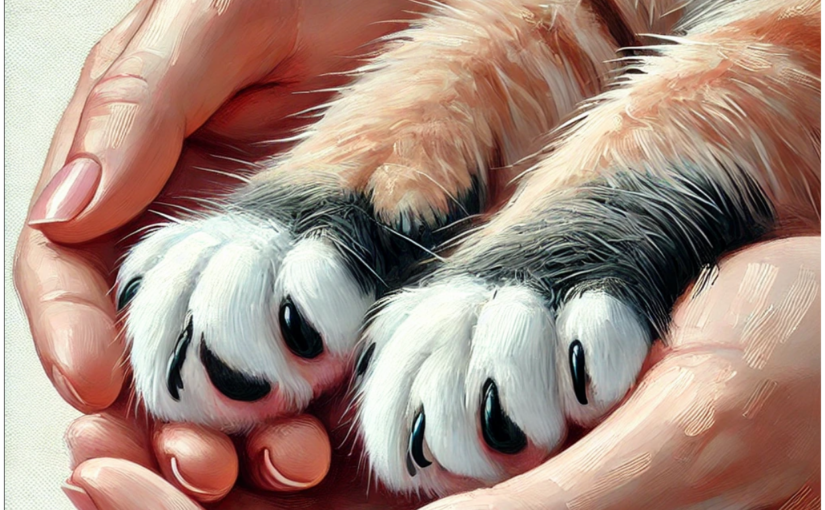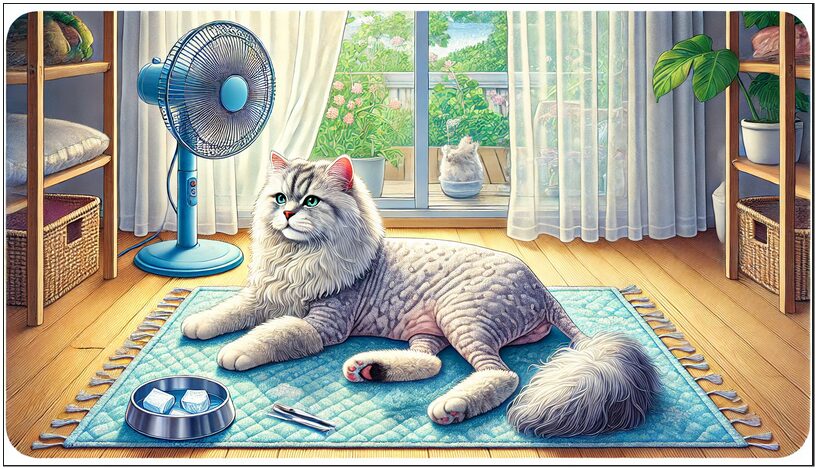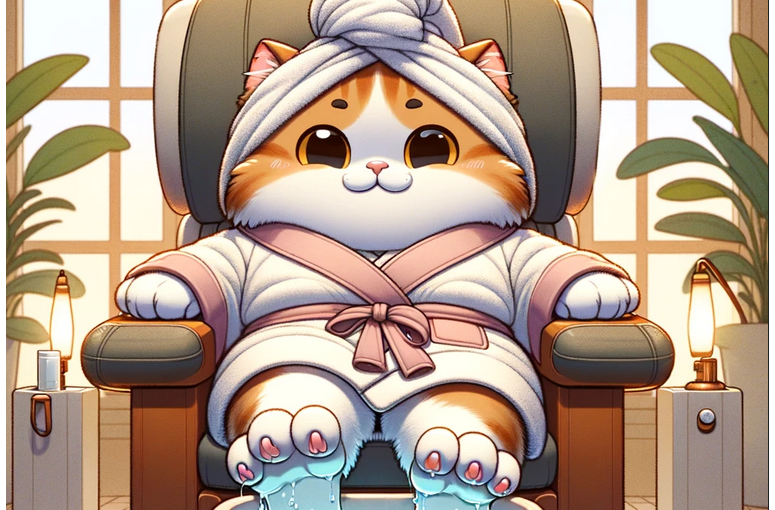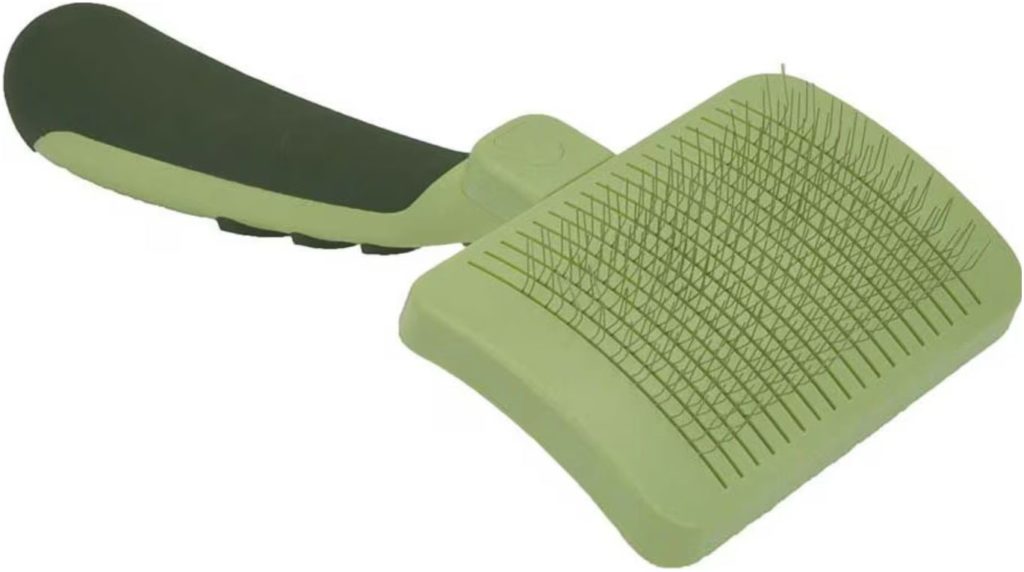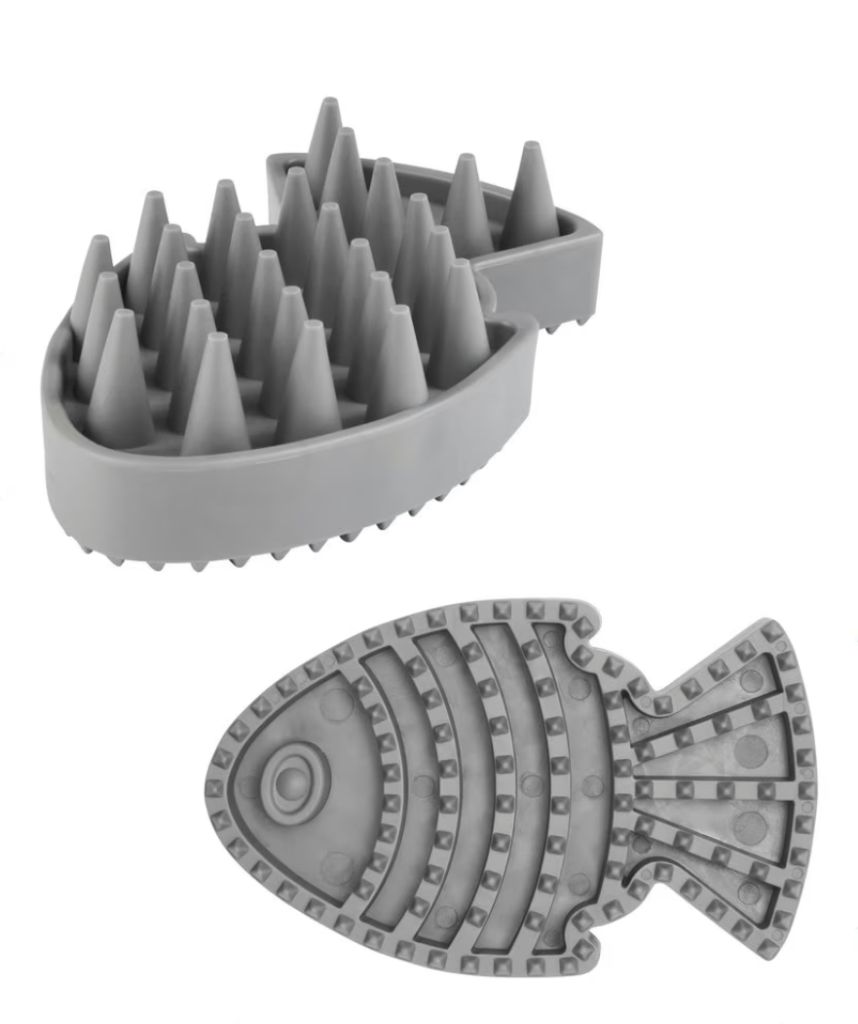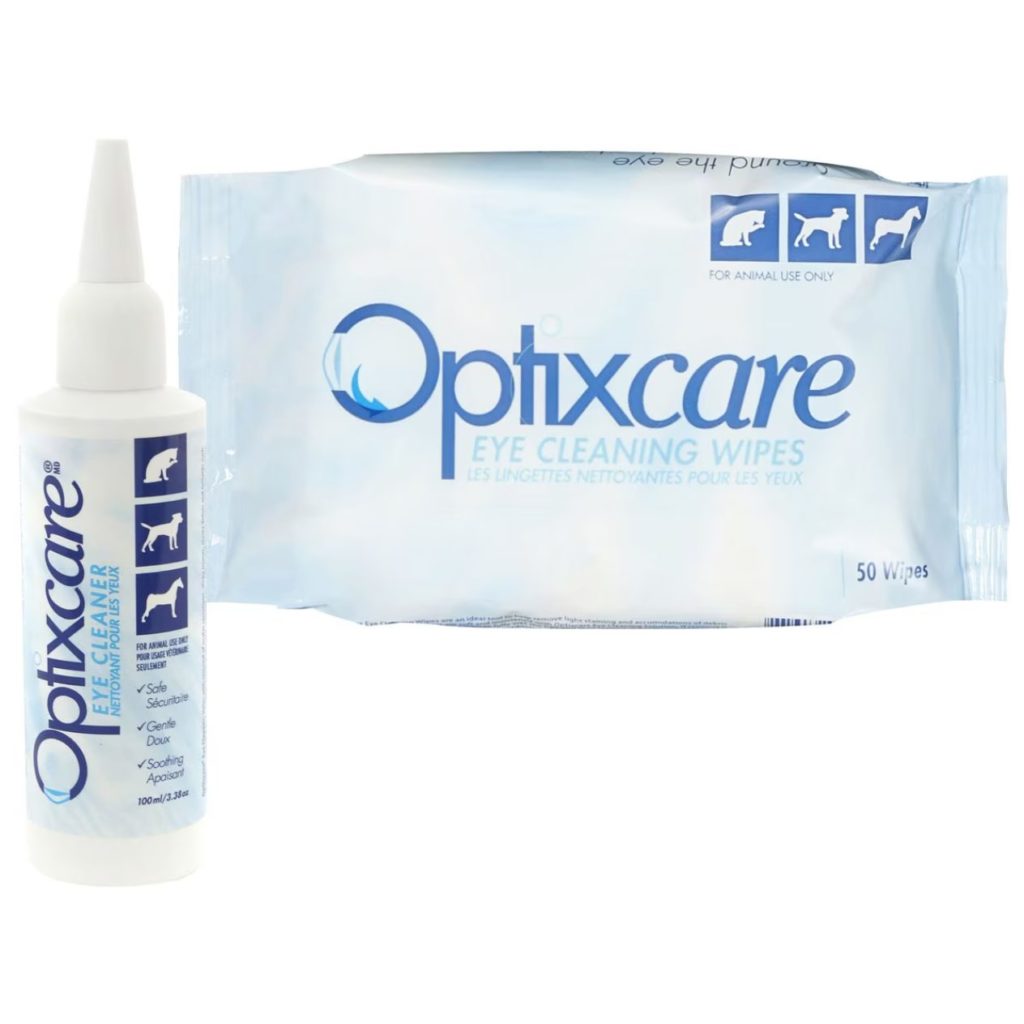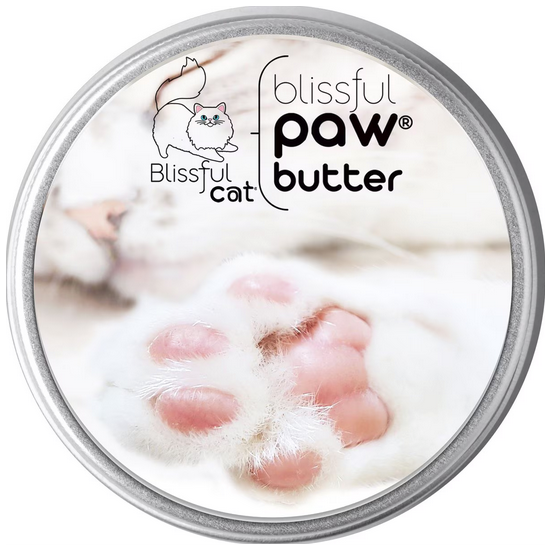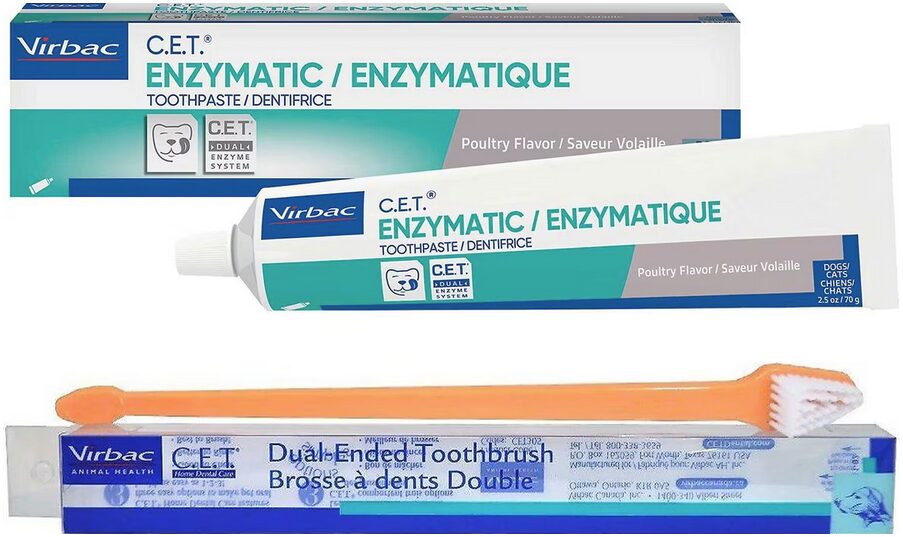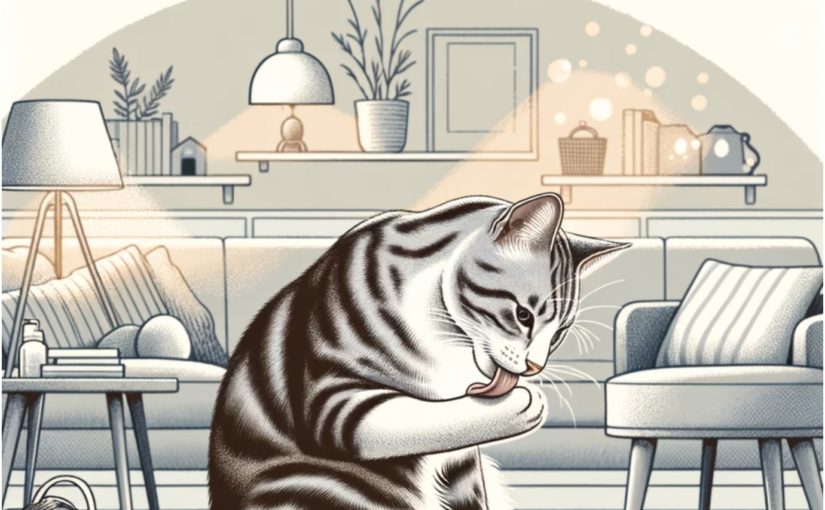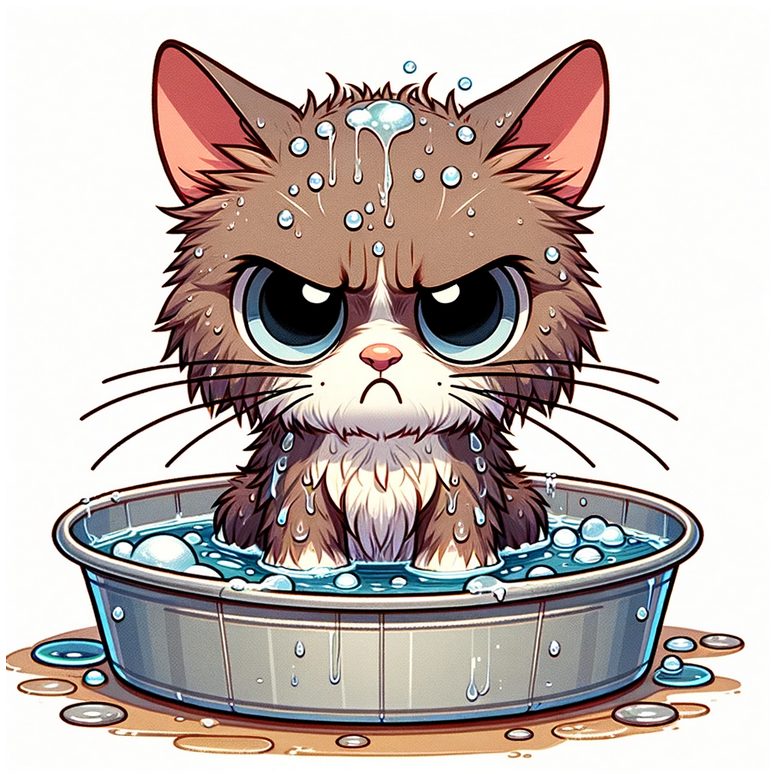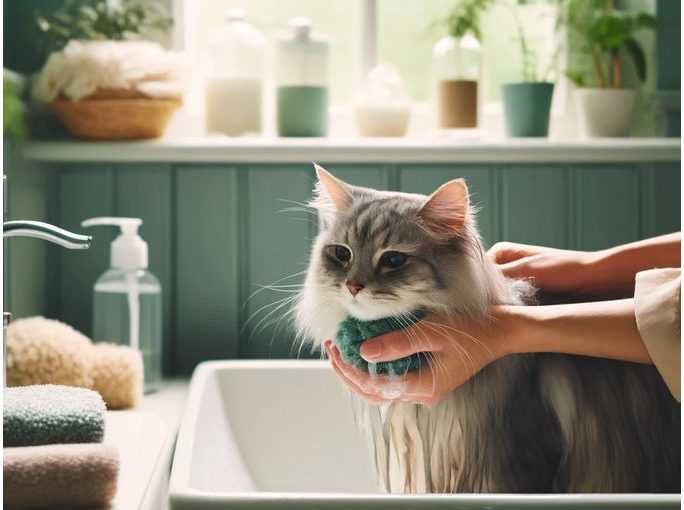Have you ever thought about turning your love for cats into a rewarding career? Becoming a cat groomer could be the purr-fect opportunity! In this post, we’ll walk you through the steps to become a certified cat groomer, including why certification matters, how to get started, and what you can expect along the way. Let’s dive in!
Why Become a Certified Cat Groomer?
Cats are known for their meticulous grooming habits, but sometimes they need a little extra help. That’s where professional cat groomers come in. Groomers play an essential role in keeping cats clean, healthy, and comfortable.
Certification isn’t required in all areas, but it can set you apart from the competition. It shows you’ve completed specialized training and know how to handle cats safely and effectively. Plus, pet parents are more likely to trust a certified professional with their feline friends.
Steps to Becoming a Certified Cat Groomer
1. Understand the Role of a Cat Groomer
Before you start, make sure you know what the job entails. Cat groomers do more than just make cats look good. They help with:
- Reducing shedding.
- Removing mats and tangles.
- Maintaining healthy skin and fur.
- Trimming nails and cleaning ears.
It’s also important to be comfortable handling cats of all temperaments, from shy to feisty.
2. Gain Experience with Cats
If you don’t have much experience handling cats, now’s the time to start. Volunteer at a shelter, work at a pet store, or spend time with friends’ cats. Understanding feline behavior is key to being a successful cat groomer.
3. Enroll in a Cat Grooming Program
Many schools and organizations offer grooming courses. Look for a program that includes cat-specific training. Popular options include:
- National Cat Groomers Institute (NCGI): Offers comprehensive certification programs and hands-on workshops.
- International Professional Groomers (IPG): Provides training and certification for cat and dog groomers.
These programs teach you skills like:
- Proper handling techniques.
- Safe bathing and drying methods.
- Identifying skin conditions.
- Using grooming tools.
Most courses include both online and in-person components, so you can learn at your own pace.
4. Get Hands-On Training
Practice makes perfect! Many grooming schools offer internships or apprenticeships where you can work with experienced groomers. This hands-on experience is invaluable for building confidence and mastering your skills.
5. Pass the Certification Exam
Once you’ve completed your training, you’ll need to pass a certification exam. These tests usually include both a written and practical component. For example, the NCGI’s Certified Feline Master Groomer (CFMG) program requires students to groom cats while demonstrating their knowledge of safety and technique.
6. Build Your Cat Grooming Business
After earning your certification, you can start building your career. Some groomers work for established salons, while others open their own businesses. Consider offering mobile grooming services to stand out in your area.
You’ll also want to:
- Create a website and social media presence.
- Build relationships with local vets and pet stores.
- Ask happy clients to leave reviews to boost your credibility.
Tips for Success as a Cat Groomer
- Be patient: Cats can sense stress, so staying calm is crucial.
- Use the right tools: Invest in high-quality grooming tools designed for cats.
- Stay educated: Attend workshops and stay up to date on industry trends.
- Care for your own health: Grooming can be physically demanding, so practice good posture and take breaks.
Final Thoughts
Becoming a certified cat groomer is a rewarding way to combine your passion for cats with a fulfilling career. Whether you’re working with show cats or helping a senior kitty feel more comfortable, your work will make a difference in their lives.
Are you ready to take the first step toward becoming a certified cat groomer? Let us know in the comments! Have questions or tips to share? We’d love to hear from you.

